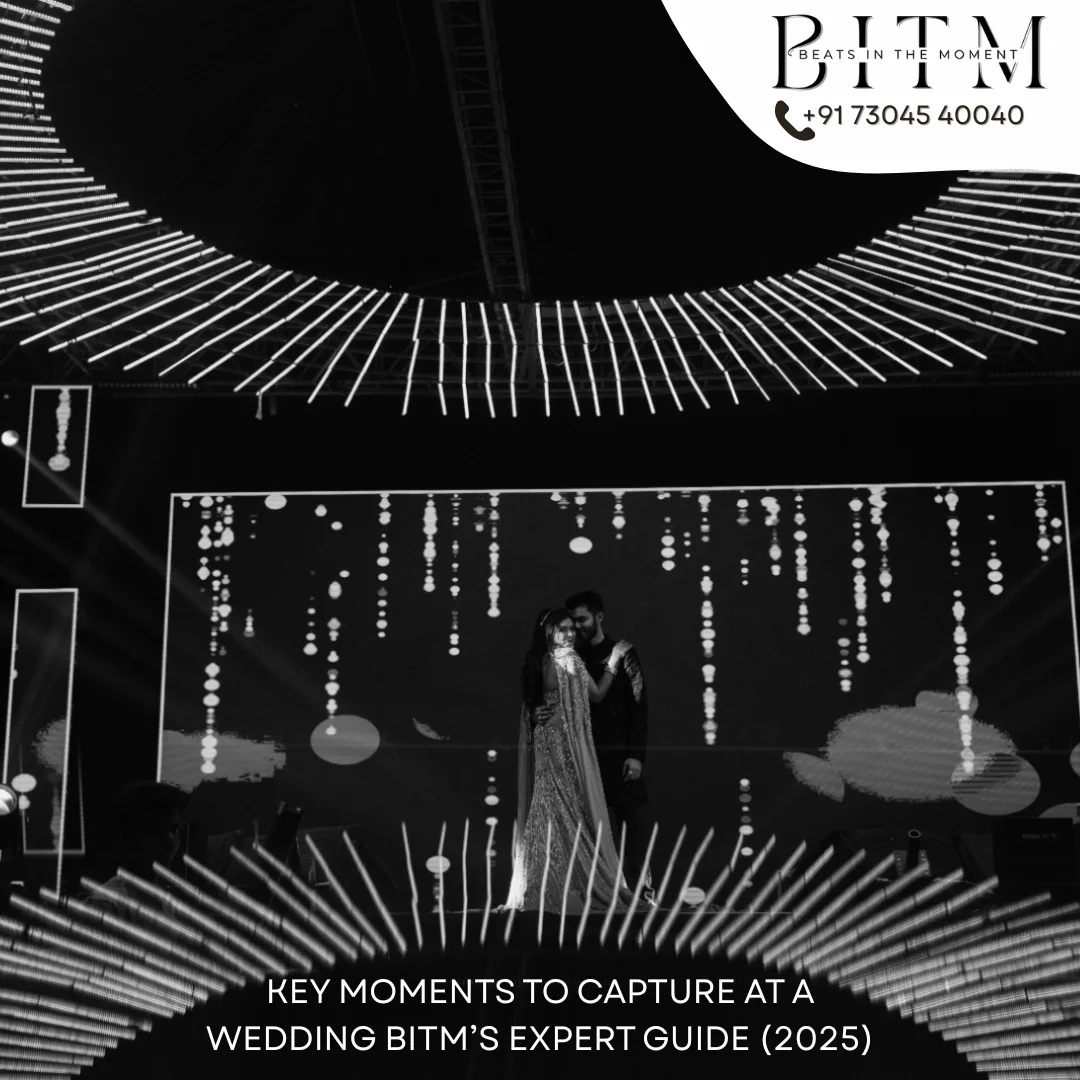A great photo starts with vision but the right accessories make that vision reliable, repeatable, and easier to create. Below are 10 essential accessories every photographer should own, why they matter, how to choose them, and BITM’s recommended picks for each category (budget → pro). Key buying and safety guidance are cited from trusted industry and regulatory sources.
1. A Protective, Comfortable Camera Bag
Why it matters: A good camera bag protects gear from bumps, moisture and makes organization fast on shoots. Consider weather resistance, customizable padded dividers, quick access pockets, and comfortable straps for long carry times. Reviews stress choosing based on your kit size and travel needs.
BITM picks:
-
Budget: Vanguard Veo City B (everyday carry, compact).
-
Travel/enthusiast: Shimoda Urban Explore (excellent modular layout).
-
Pro splurge: Manfrotto Pro Light Multiloader (rugged, professional protection).
Shopping tip: measure your camera + largest lens before ordering to ensure a snug divider fit.
2. Sturdy Travel Tripod
Why it matters: Tripods are essential for long exposures, landscapes, low-light, and precise compositions. For fieldwork prioritize weight (carbon fiber), folded length (for travel), and head type (ball head for speed, 3-way for architectural work). Recent travel tripod reviews highlight Peak Design, Sirui and Manfrotto as top performers.
BITM picks:
-
Budget: K&F Concept 64″ — decent value, good reach.
-
Travel favorite: Peak Design Travel Tripod — compact and strong.
-
Pro: Sirui Carbon Fiber Traveler — top stiffness-to-weight ratio.
Tip: test load rating vs your heaviest camera + lens combo.
3. Spare Batteries + Safe Battery Case
Why it matters: Power failure stops a shoot. Carry at least 2–3 fully charged spares and a small charger. When flying, follow airline and FAA guidance: spare lithium batteries must be carried in carry-on baggage, terminals protected, and follow watt-hour limits.
BITM picks:
-
Brand originals (Canon LP-E/ Nikon EN-EL / Sony NP-F) for reliability.
-
Budget option: reputable 3rd-party cells (only from well-reviewed brands — avoid unknown manufacturers).
-
Accessory: Pelican/soft battery pouch to protect terminals.
Tip: rotate batteries (use oldest first) and store at ~40–60% charge for long-term ageing.
4. Fast, Reliable Memory Cards & Backup Workflow
Why it matters: Card speed and reliability affect burst shooting, video capture, and data integrity. For most modern cameras, UHS-II V60/V90 or the newest SD Express cards deliver headroom for high-bitrate video and long RAW bursts. For pro work consider rugged and high-speed options.
BITM picks:
-
Everyday: SanDisk Extreme Pro SDXC (UHS-I) — solid, reliable.
-
High performance: Lexar Professional / SanDisk Extreme Pro UHS-II V90 — for high-frame RAW & 8K/4K.
-
Cutting edge: Adata Premier Extreme SD 8.0 Express (for users with compatible readers) — extreme speeds but needs modern workflow.
Workflow tip: use dual-card backup if your camera supports it; otherwise copy to a portable SSD each day.
5. Lens Filters (Protection, Polarizer, ND)
Why it matters: Filters protect front elements and help shape light. A UV/protection filter is a physical safeguard, circular polarizer (CPL) reduces glare and deepens skies, and neutral density (ND) filters let you do long exposures in daylight. B&H’s filter guide is an excellent technical primer on when and how to use each filter type.
BITM picks:
-
Protection: B+W or Hoya UV/protect.
-
Polarizer: Hoya HD/Circular Polarizer.
-
ND: variable ND (for convenience) or a quality 3-stop/6-stop fixed set (for best image quality).
Tip: buy filter sizes to match your most used lens or use step-up rings to avoid buying duplicates.
6. Cleaning Kit & Sensor Care
Why it matters: Dust, smudges and streaks reduce image quality. Keep a kit with a blower, microfiber cloth, lens solution, lens pen, and sensor swabs (use sensor cleaning only when necessary or leave to pros). Guides emphasize careful technique for sensor cleaning to avoid damage.
BITM picks:
-
Giottos Rocket Blower, Zeiss lens cleaning kit, LensPen.
-
For sensor: sensor swabs + sensor solution (use only if comfortable) or professional cleaning service.
Tip: use blower before any physical wipe; avoid canned air for sensors.
7. External Flash & Light Modifiers
Why it matters: On-camera and off-camera flash extend control over light for portraits, events and fill light. Learn the difference between TTL (automatic exposure) and manual flash control; TTL helps speed but manual yields repeatable results for pro lighting setups.
BITM picks:
-
Compact TTL: Godox V1 / Canon Speedlite / Nikon SB series.
-
Studio/event: Godox AD200/AD300 (portable strobe).
-
Modifiers: small softbox, diffuser dome, and grids for control.
Tip: invest in a basic light-stand + umbrella to shape light fast on location.
8. Remote Shutter Release / Intervalometer
Why it matters: Remote releases prevent camera shake for long exposures, enable interval shooting for timelapses, and help with precise astrophotography. Dedicated intervalometers provide programmability better than basic remotes.
BITM picks:
-
Wired intervalometer: Pixel TW-283 (very common for astrophotography).
-
Wireless: Godox or brand-specific wireless remotes.
-
App: many modern cameras support smartphone control — useful backup.
Tip: confirm compatibility with your camera model before buying.
9. Light Reflectors & Portable Modifiers
Why it matters: Reflectors are low-cost, high-impact. They soften shadows, add catchlights, or act as negative fill depending on side used. Reflectors of different sizes and surfaces (gold/silver/white/translucent) are the most flexible tools for portrait and product work.
BITM picks:
-
Foldable 5-in-1 reflector (multiple surfaces).
-
Collapsible diffuser for soft daylight control.
Tip: a 5-in-1 with a large surface is useful for shoot-assist and single-operator setups.
10. Portable Backup Drive & Cloud Backup Strategy
Why it matters: Backups protect you from card failure or data loss. Combine a local portable SSD for fast on-site backups and an offsite/cloud backup for redundancy. Rugged SSDs (shock/water resistant) are preferred for travel. Consider 2-tier backup: local → cloud.
BITM picks:
-
Portable SSD: Samsung T7 Shield / SanDisk Extreme Portable SSD.
-
Cloud: Backblaze / Google Drive / Dropbox depending on budget and workflow.
Tip: use a simple script or app to copy folders automatically at end of shoot and verify checksums for important jobs.
Conclusion — Build a Kit That Fits Your Work
Accessories don’t replace skill but they remove friction. Start with a camera bag, tripod, spare batteries, and memory cards. Add filters, cleaning tools and lighting as your projects demand. Use the BITM picks above as starting points test what feels good to carry, what fits your shooting style, and build redundancy into power and backup workflows.
More Blogs :- Click Here








